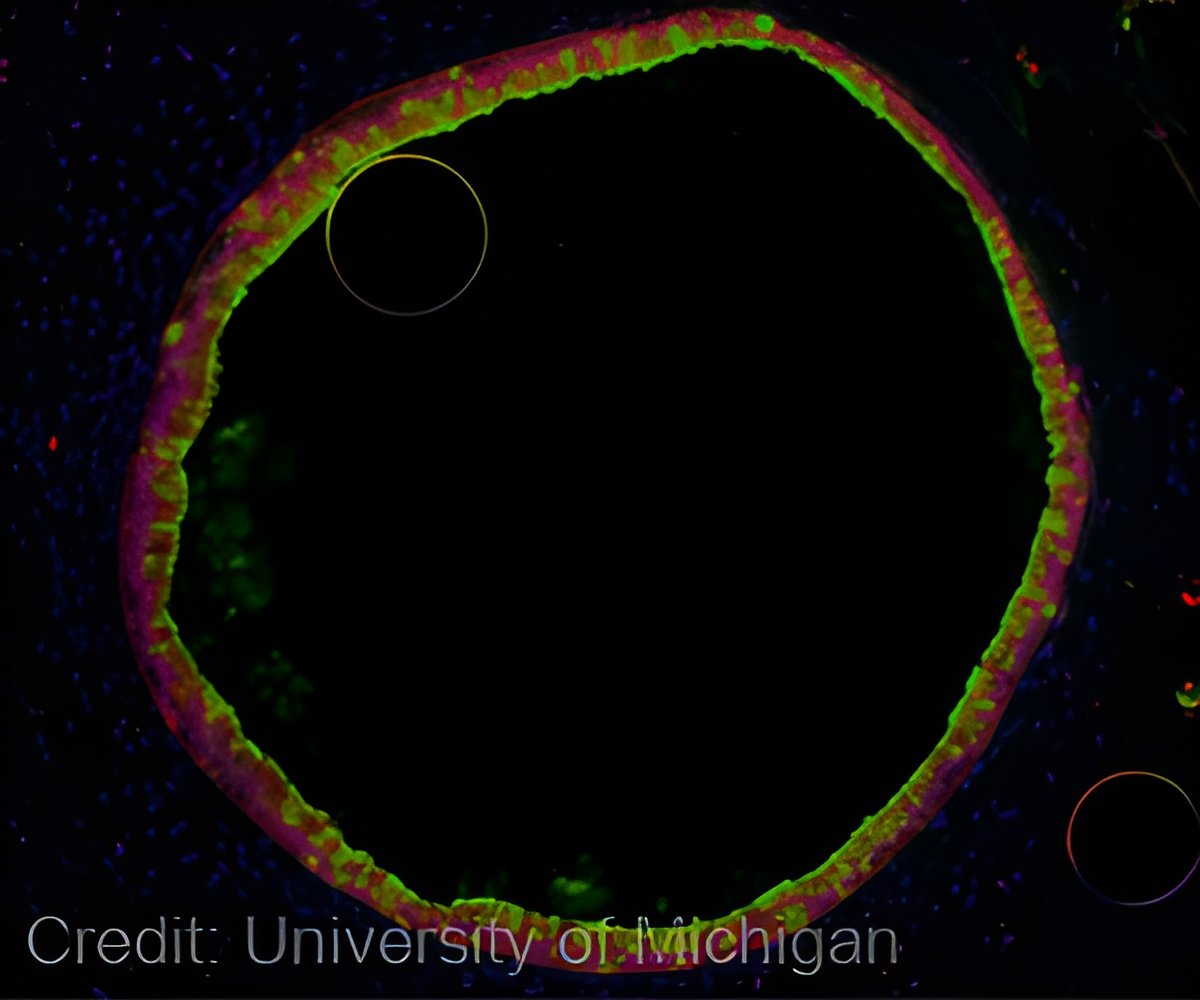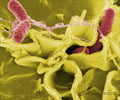An analysis suggests that the role of local domestic animals in the spread of antibiotic resistant Salmonella may be exaggerated.

Salmonella infection is a global issue, with approximately 94 million people contracting gastroenteritis or food poisoning each year. The combined annual cost in the United States and European Union is estimated to be more than £4 billion ($6 billion). This public health issue is exacerbated further by antibiotic resistance, which can lead to more complicated and protracted illness in patients and increased treatment costs.
"For the first time we've determined in detail and on a large scale how Salmonella strains taken from humans and animals in the same setting and over the same time period relate to each other," says Dr Alison Mather, first author on the study, from the Wellcome Trust Sanger Institute. "Our genomic data reveal how the Salmonella bacteria spread during the course of a long-term epidemic. We found that people have a more diverse source of infection and antibiotic resistance than just the local animals, pointing towards alternative sources."
The team sequenced DNA from 373 samples from humans and animals infected with Salmonella Typhimurium DT104 over a 22-year period, mainly from Scotland, but also from other countries. This is the largest study of its type; whole genome DNA sequencing delivers the highest level of resolution possible to examine how closely related the bacteria are, enabling the team to unravel the details of this epidemic.
The team discovered that, contrary to much current thinking, the populations of Salmonella in humans and animals were distinguishable. They also found that the estimated number of times that the bacteria had jumped from animals to humans (and vice versa) was remarkably low. In addition, there was greater diversity in antibiotic resistance genes in salmonellae isolated from humans. Taken together, these findings suggest that the contribution of local animal populations to human infections with S. Typhimurium DT104 may previously have been overstated.
"This is a study that uses the latest genomic approaches and a unique collection of samples to address a significant public health problem," says Professor Nicholas Thomson, senior author from the Wellcome Trust Sanger Institute. "Our data provide a very simple message, challenging the established view that local animals are the predominant source of Salmonella infections in Scotland. This finding will reinvigorate discussions on the sources of antibiotic resistant Salmonella infections in humans in other environments."
"Discovering that the animal and human populations of Salmonella were as distinguishable as they were was a great surprise to us," says Professor Stuart Reid, co-author from the Royal Veterinary College. "This finding in no way undermines the importance of prudent antimicrobial use in all species. But our study does demonstrate that greater effort needs to be focused on understanding the natural history of the pathogens and on identifying the major sources of resistance in our global ecosystems."
 MEDINDIA
MEDINDIA



 Email
Email







